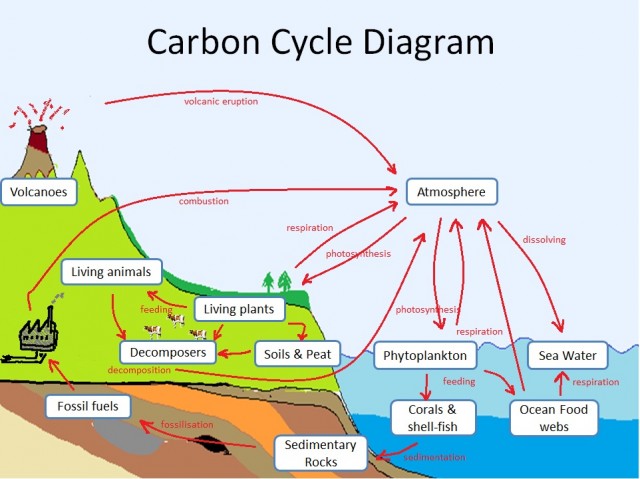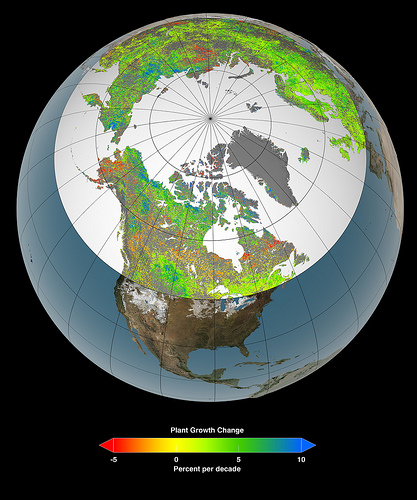Topic 4 - Ecology revision list
This pages gives outline details of the content of the topic together with essential questions and student skills and applications. Helpful for revision.
4.1 Species and communities
- Species are "groups of organisms that can potentially interbreed to produce fertile offspring".
- Members of a species may be reproductively isolated in separate populations.
- Species can be autotrophic or heterotrophic in nutrition (a few species are both).
- Consumers are heterotrophs that feed on living organisms by ingestion.
- Detritivores are heterotrophs that obtain organic nutrients from detritus by internal digestion.
- Saprotrophs are heterotrophs that obtain organic nutrients from dead organisms by external digestion.
- A community is "populations of different species living together and interacting with each other."
- An ecosystem is "a community and its interactions with the abiotic environment."
- Autotrophs obtain inorganic nutrients from the abiotic environment.
- The supply of inorganic nutrients is maintained by nutrient cycling.
- Ecosystems have the potential to be sustainable over long periods of time
Essential Questions 
- Where do organisms get their energy from?
- Where do the nutrients for plants an animals come from?
- Is it possible for an isolated ecosystem to be sustainable for the long term.
- How can we measure presence and absence of species to show that they are associated with each other?
Skills (can you ....)
- Classify species as autotrophs, consumers, detritivores or saprotrophs from a knowledge of their mode of nutrition.
- Set up sealed mesocosms to try to establish sustainability. (Practical 5)
Mesocosms in sealed glass vessels are preferable because entry and exit of matter can be prevented but light can enter and heat can leave. Aquatic systems are likely to be more successful than terrestrial ones. - Test for association between two species using the chi-squared test with data obtained by quadrat sampling.
For example An ecosystem chosen where varying factors affect the distribution of the chosen species. Random quadrat sampling should be used to measure the presence or absence of the chosen species.
4.2 Energy flow
- Ecosystems get a continuous supply of energy from sunlight.
- Photosynthesis converts light energy to chemical energy in carbon compounds, eg glucose.
- Chemical energy in carbon compounds flows through food chains by means of feeding.
- Energy released from carbon compounds by respiration is used in living organisms and is eventually converted to heat which is lost from ecosystems.
- Living organisms cannot convert heat to other forms of energy.
- The length of food chains is restricted by energy losses as is the biomass of higher trophic levels.
- Biomass in terrestrial ecosystems diminishes with energy along food chains due to loss of carbon dioxide, water and other waste products, such as urea.
- Inorganic nutrients are cycled within ecosystems - and their supply is finite - this is in contrast to energy.
Essential Question(s) 
- Where do food chains get their energy?
- Where does feeding move energy from and to?
- What happens to the heat produced by respiration?
Skills (can you ....)
- Show energy flow using pyramids of energy. Pyramids of energy should be drawn to scale and should be stepped, not triangular. The terms producer, first consumer and second consumer and so on should be used, rather than first trophic level, second trophic level.
4.3 Carbon Cycle
- Carbon dioxide is converted (by photosynthesis) into carbohydrates and other carbon compounds in autotrophs.
- Carbon is present as dissolved carbon dioxide and hydrogen carbonate ions (HCO3-) in aquatic ecosystems.
- Carbon dioxide moves from the atmosphere or water into autotrophs by diffusion.
- Carbon dioxide is produced by respiration and diffuses out of organisms into water or the atmosphere.
- Methane (CH4) is produced from decaying organic matter in anaerobic conditions by bacteria
- Methane is oxidized to carbon dioxide and water in the atmosphere.
- Peat forms when organic matter is not fully decomposed in waterlogged soils.Organic matter was converted into coal, oil and gas that accumulate in porous rocks.
- Carbon dioxide is produced by the combustion of biomass and fossil fuels.
- Animals such as reef-building corals and mollusca have hard parts that are composed of calcium carbonate (CaCO3)and can become fossilized in limestone
- Students need an awareness that carbon fluxes are estimates
- Experience of the analysis of data from air monitoring stations.
- The skill to draw a diagram of the carbon cycle.
Essential Question(s) 
- Where do food chains get their energy?
- Where does feeding move energy from and to?
- What happens to the heat produced by respiration?
4.4 Climate change
- Details of the carbon cycle are assumed (from 4.3)
- In aquatic ecosystems carbon is present as dissolved carbon dioxide and hydrogen carbonate ions.
- Details of the Greenhouse effect are assumed.
- Carbon dioxide and water vapour are the most significant greenhouse gases.
- Other gases including methane and nitrogen oxides have less impact.
- The impact of a gas depends on its ability to absorb long wave radiation and its concentration in the atmosphere.
- Global temperatures and climate patterns are influenced by concentrations of greenhouse gases.
- There is a correlation between rising atmospheric concentrations of carbon dioxide since the start of the industrial revolution 200 years ago and average global temperatures.
- Recent increases in atmospheric carbon dioxide are largely due to increases in the combustion of fossilized organic matter.
Essential Question(s) 
- Which gases are 'greenhouse gases'?
- Do all these gases have an equal effect?
- How should a biologist assess claims about climate change?
- What are the arguments for and against human causes of climate change?
- How can claims that human activity causes climate change be assessed?
Skills (can you ....)
- Apply understanding to the threat to coral reefs from increasing concentrations of dissolved carbon dioxide.
- Use correlations from data to justify your arguments.
- Evaluate claims that human activities are not causing climate change

 IB Docs (2) Team
IB Docs (2) Team
